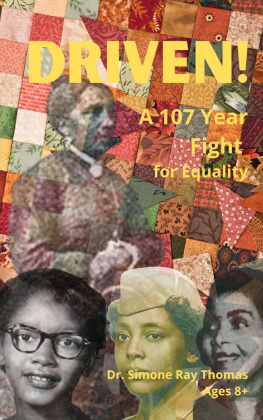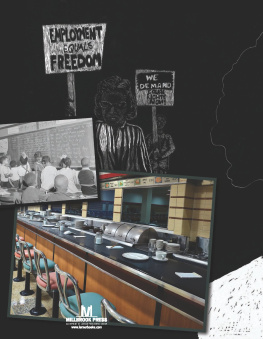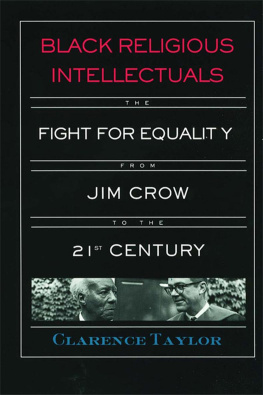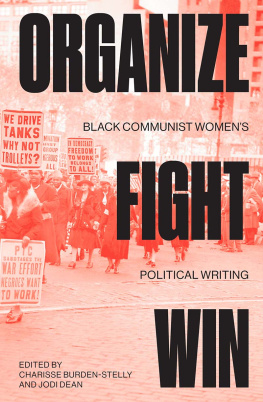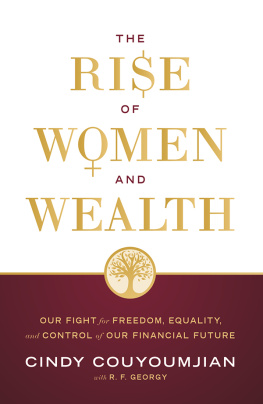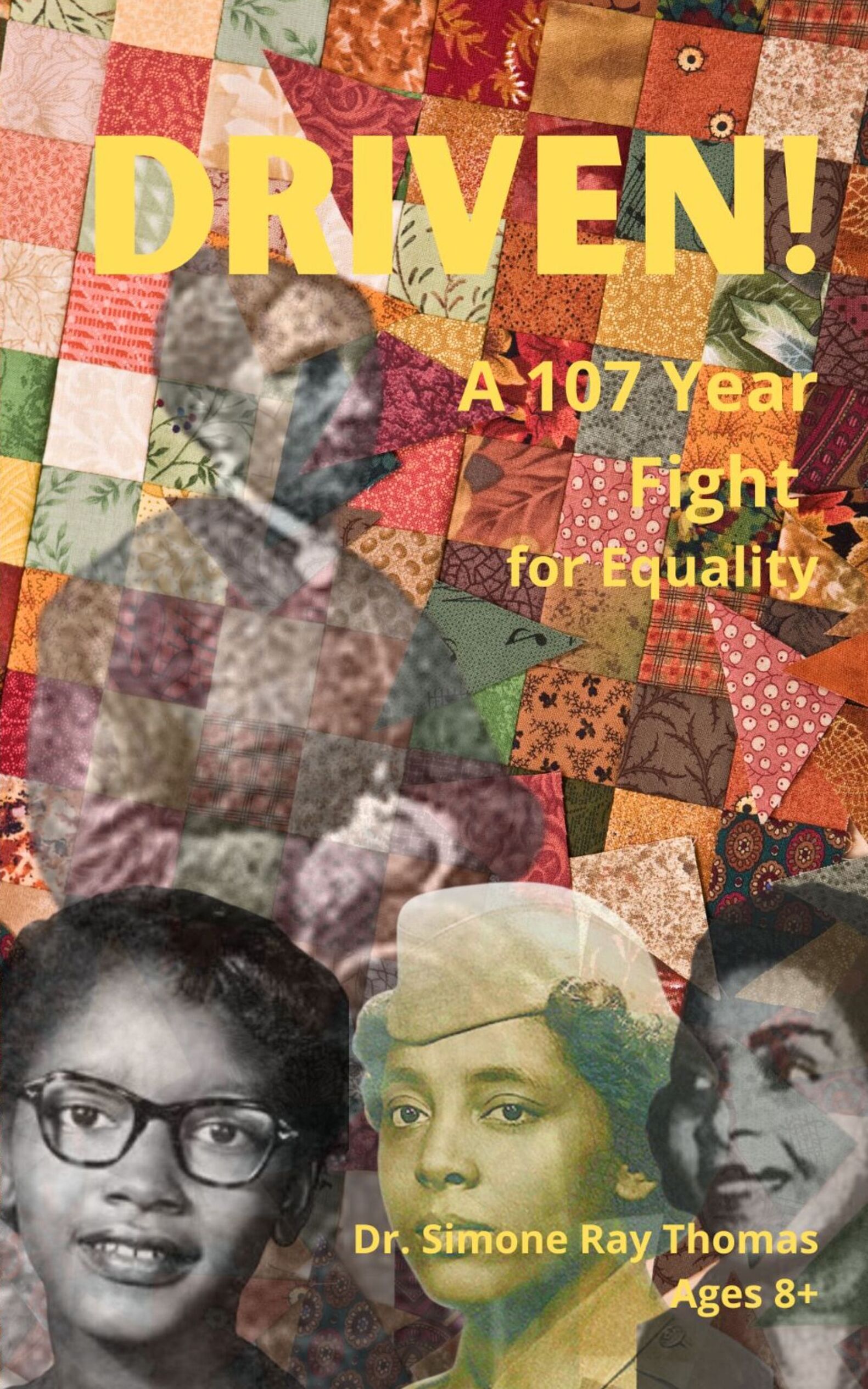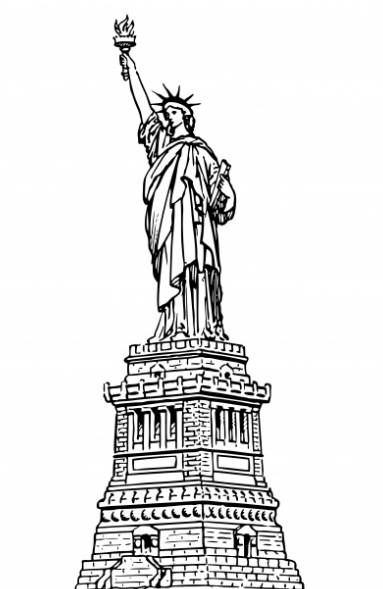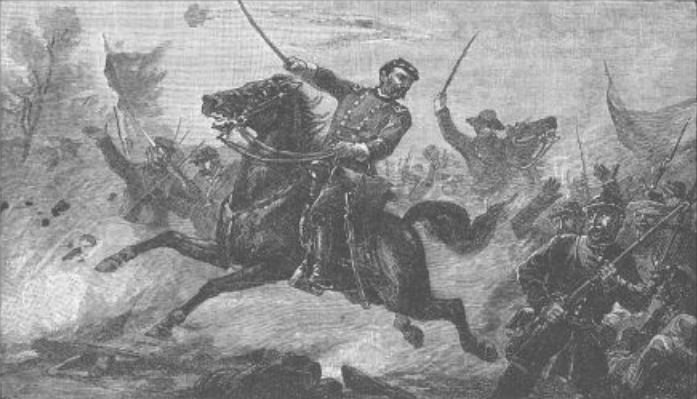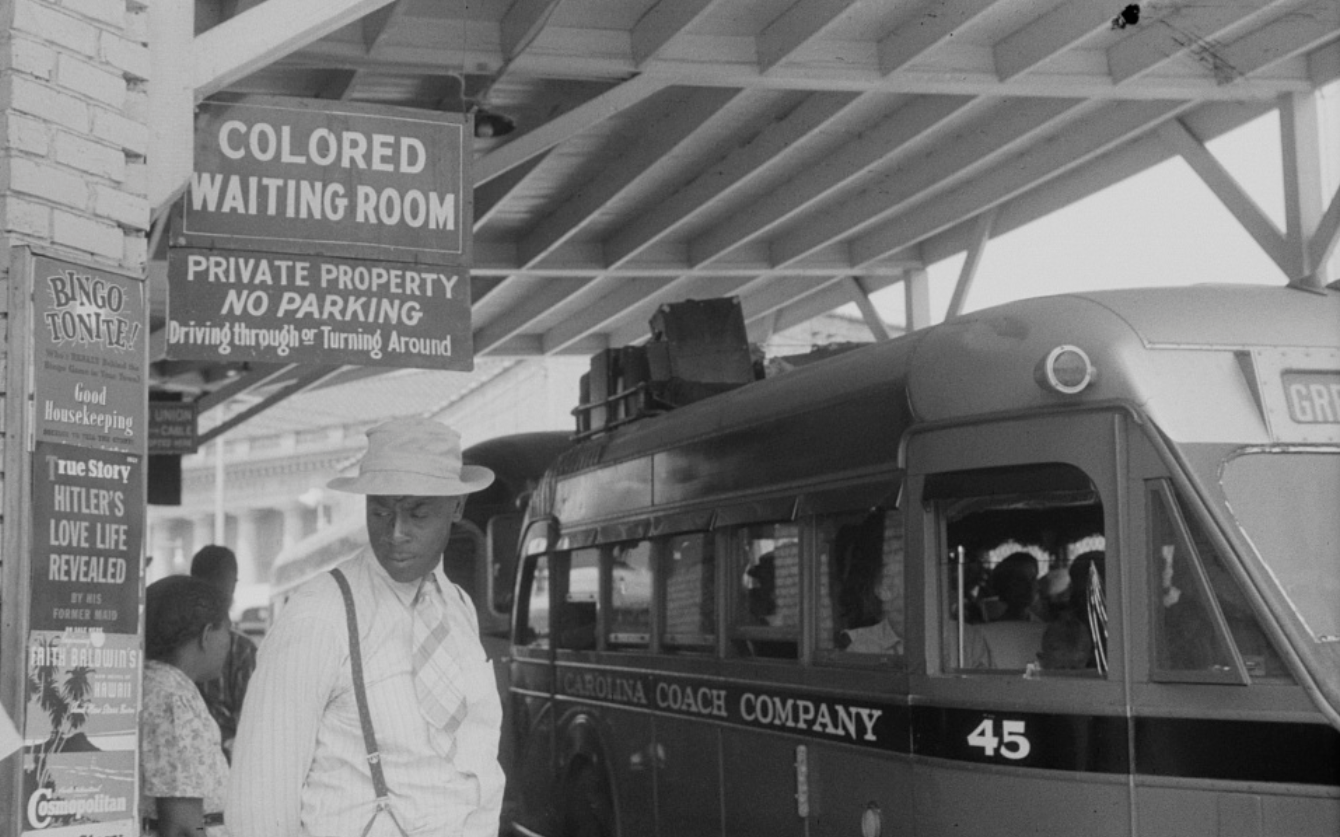Simone Thomas - Driven: A 107 Year Fight for Equality
Here you can read online Simone Thomas - Driven: A 107 Year Fight for Equality full text of the book (entire story) in english for free. Download pdf and epub, get meaning, cover and reviews about this ebook. year: 2022, publisher: Unheard Of Learning, genre: Politics. Description of the work, (preface) as well as reviews are available. Best literature library LitArk.com created for fans of good reading and offers a wide selection of genres:
Romance novel
Science fiction
Adventure
Detective
Science
History
Home and family
Prose
Art
Politics
Computer
Non-fiction
Religion
Business
Children
Humor
Choose a favorite category and find really read worthwhile books. Enjoy immersion in the world of imagination, feel the emotions of the characters or learn something new for yourself, make an fascinating discovery.
- Book:Driven: A 107 Year Fight for Equality
- Author:
- Publisher:Unheard Of Learning
- Genre:
- Year:2022
- Rating:5 / 5
- Favourites:Add to favourites
- Your mark:
Driven: A 107 Year Fight for Equality: summary, description and annotation
We offer to read an annotation, description, summary or preface (depends on what the author of the book "Driven: A 107 Year Fight for Equality" wrote himself). If you haven't found the necessary information about the book — write in the comments, we will try to find it.
Sit here! Stand there! Move when I tell you to move! Do what I say or I will call the police!
For over a century, black riders were disrespected and treated unfairly on public transportation. This book tells the story of their fight for equality. From the horse-drawn trolleys of the late 1800s to the buses and trains of the 20th century, men and women, young and old, refused to accept second-class status.
They sat where they werent supposed to, refused to move, boycotted, got arrested, got beat up, fought back, went to court, and filled up whole jails. And in the end, they won.
Simone Thomas: author's other books
Who wrote Driven: A 107 Year Fight for Equality? Find out the surname, the name of the author of the book and a list of all author's works by series.

